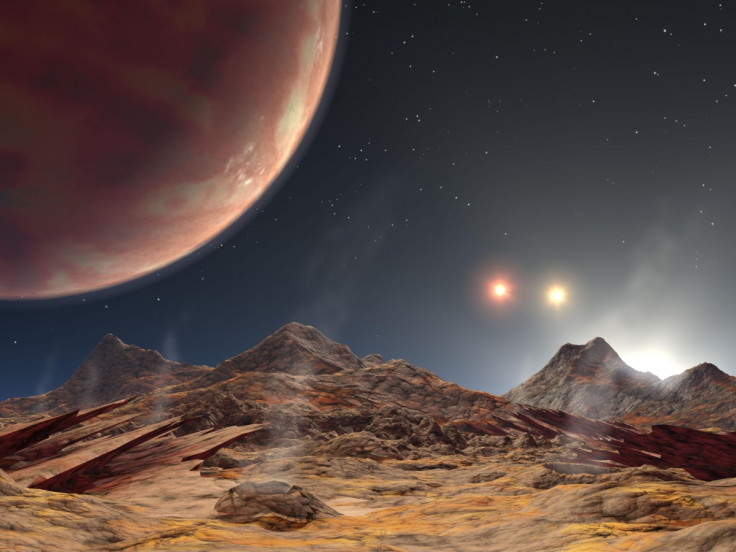Extraterrestrial intelligent life likely to be big rather than small says study

Intelligent aliens, if they exist, are more likely to be huge with an average weight exceeding 300 kgs, says a study based on a mathematical model of probabilities.
University of Barcelona cosmologist Fergus Simpson based his conclusion on the assumption that organisms on other planets obey the same laws of conservation of energy as on Earth.
Preceding that assumption was the basic one that Earth-like planets are expected to provide the greatest opportunity for the detection of life beyond the Solar System.
Large animals use up more resources and expend more energy and thus are less abundant. This is why ants outnumber whales or elephants on Earth.
This in turn implies there are likely more small animals than large ones in the Universe, says Simpson. As planets with small animals outnumber those with large ones, it is most likely that Earth is one such planet with smaller intelligent beings.
He then used the model to arrive at a minimum size for intelligent life.
Organisms on other planets
From the range of body sizes of animals on Earth he came up with the most probable distribution of organisms on other planets.
Other experts agree broadly on the average size calculation but note that many other factors like the planet's gravity could play a role in the body mass of inhabitants and push down a bit the sizes predicted.
Planets with a powerful gravitational pull may have more of smaller animals while a tiny planet with a weak pull could host bigger ones, Duncan Forgan, a scientist at the University of St Andrews School of Physics and Astronomy, told Newsweek.
Seth Shostak, from the SETI Institute, which leads the search for intelligent alien life, has suggested similar estimates in a work surmising that bigger animals live longer and longer lifespans are required to develop the kind of technology necessary for establishing contact with the outside world.
However, Shostak places both papers in the realm of speculation rather than evidence-based.
The work is limited, he says, in that it has only Earth to serve as a model for life.
He also points to how largeness cannot exactly be linked with intelligence, pointing to polar bears and the big animal's inability to "write great literature or build radio towers".
Shostak argues that opposable thumbs and upright stance have helped humans make it to the top of intelligent life on Earth, not body mass.
However, the study does concede that when looking at intelligent species out there, Earth cannot be considered a fair sample.
Any variable which influences either the population size or birth rate is susceptible to selection bias, it notes.
It takes a simple model where the mean population density does not vary with planet size.
Scientists have used data from Nasa's Kepler satellite to work out that billions of stars in the Milky Way will have one to three planets in the habitable zone. Kepler has so far found about 1,000 planets around the stars in the Milky Way, as well as about 3,000 potential planets.
© Copyright IBTimes 2025. All rights reserved.





















